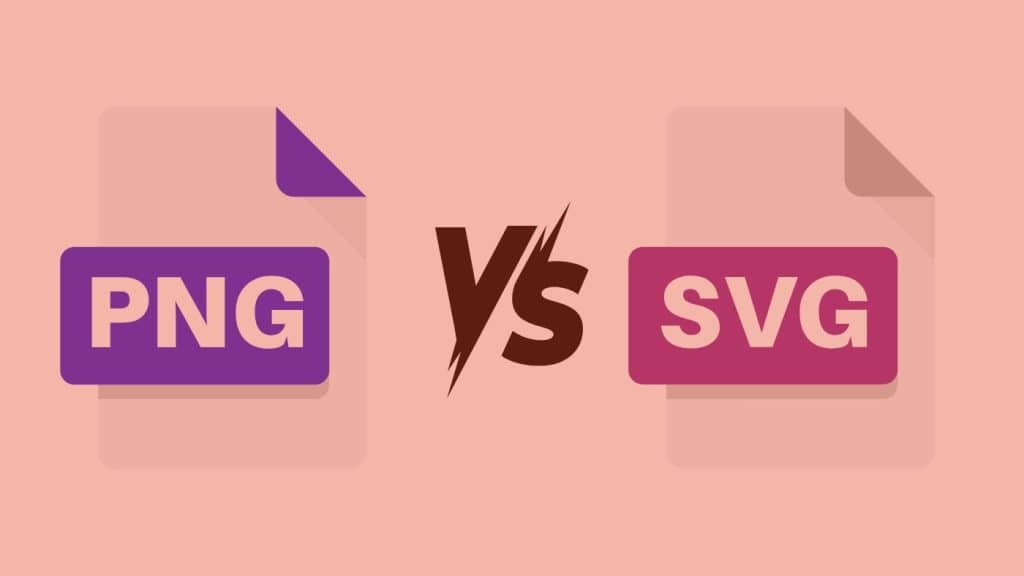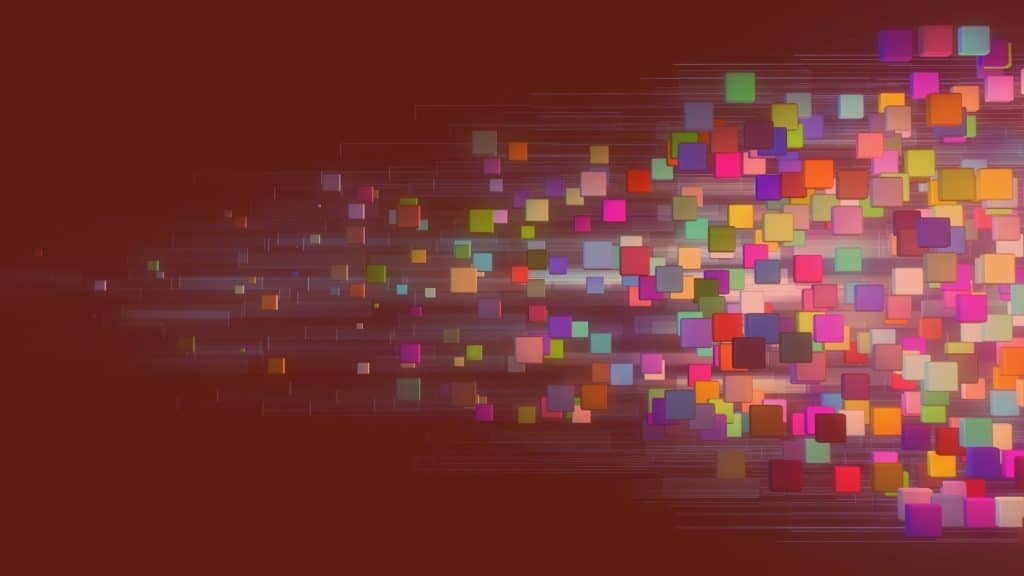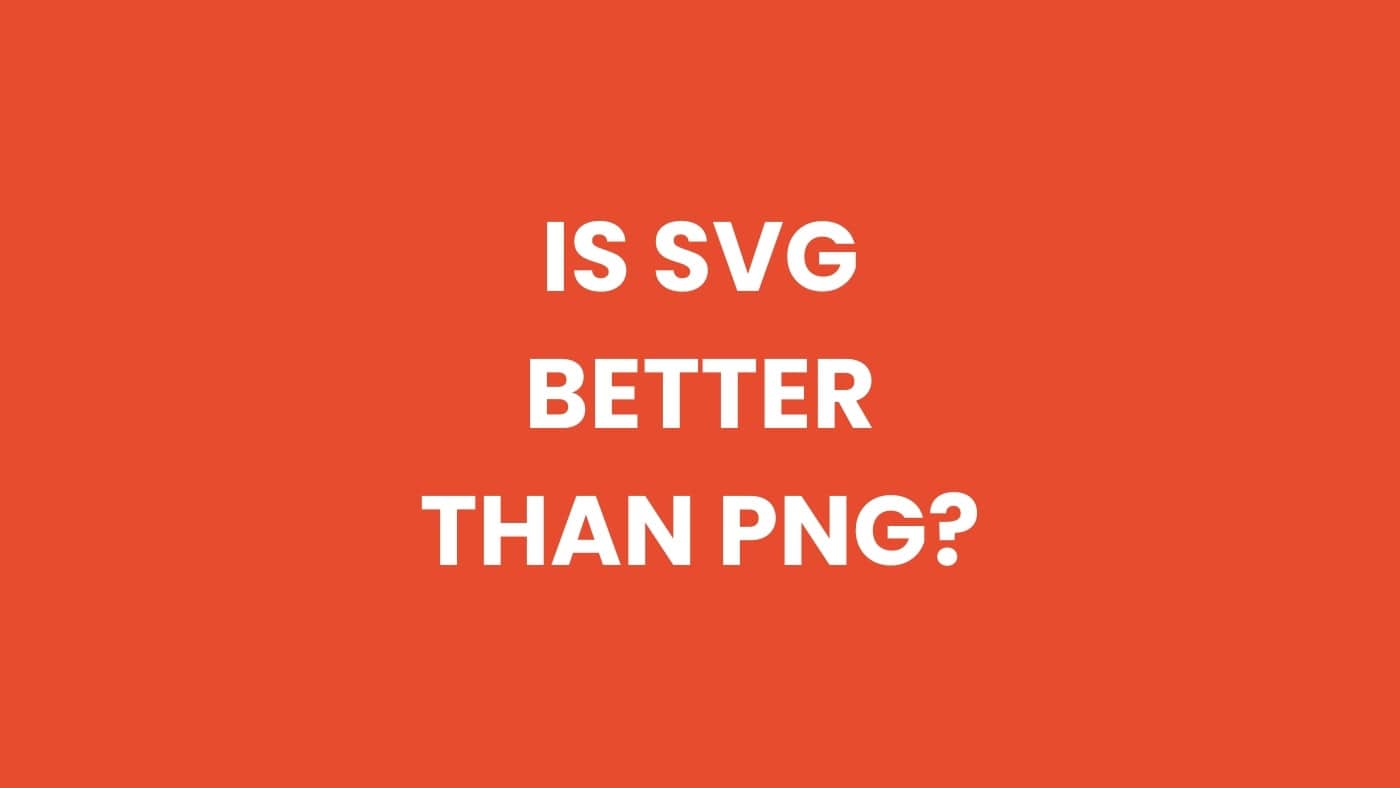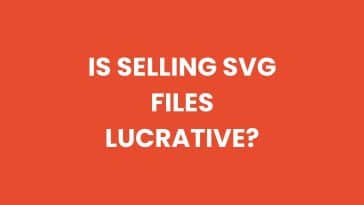PNG (Portable Network Graphics) is a widely used image file format created in 1995 to replace GIF. PNG uses lossless compression and does not support animations. So far it is supported on almost all operating systems. PNG provides flexibility in working with complex images and is one of the reasons behind its slightly large comparative file size. Some advantages of PNG3 over GIF include the following:
SVG (Scalable Vector Graphics) files use an XML-based text format to describe the appearance of an image. It is one of the most widely used formats for creating websites and printed graphics to achieve scalability. SVG achieves scalability from the mathematically declared shapes and curves it uses to draw images. This is why SVG is also resolution independent. SVG file size is large compared to GIF and PNG because it belongs to the category of lossless image compression file formats. SVG files can be viewed/opened in almost all modern browsers such as Chrome, Internet Explorer, Firefox and Safari. A brief description of the SVG file format can be found in detail by fileFormat.com.

What is the difference between PNG and SVG files?
PNG and SVG have a lot in common. Learn what makes them different.
Raster vs Vector
The main difference between PNG and SVG is that one is a raster file type while the other is vector-based. PNG is a raster (pixel-based) image format. If raster images are scaled too much, they become grainy and pixelated. Similarly, if you shrink these images too small, you won’t be able to distinguish what it is. While PNGs are capable of handling very high resolutions, they cannot be infinitely expanded.
SVG files, on the other hand, are vector-based and are created from a complex mathematical network of lines, points, shapes and algorithms. They can be expanded to any size without losing resolution.
File Sizes
PNGs usually have large file sizes and can handle high resolutions. Because of their size, they can take longer to process, share, save and open. It can also slow down page load times. This is why JPEGs are more common for online photography. However, there is also a smaller 8-bit variant of PNGs that supports only 256 colors.
SVGs are much smaller in size than PNGs and won’t slow down your computer or website. (However, very detailed designs can slow SVG down.) Because it’s a vector file format, you can scale SVGs up or down without compromising quality.
Compression
SVGs offer lossless compression. This means they can be compressed to small file sizes without compromising clarity, detail or quality. PNGs also benefit from 5 to 20% lossless compression, which can help in rendering large file sizes. But they are still more likely to be larger than SVG.
Photo
PNG files are not a common option for web photos as described above. But they can handle very detailed, high-quality digital photos for printing, editing and other purposes. It is a commonly used file format in Adobe Photoshop. SVGs, on the other hand, don’t use pixels, so they struggle to display photos to a high standard.
Web Use
Both PNG and SVG files can display complex levels of detail for web graphics, illustrations, logos, infographics and tables.
But SVG written in the XML programming language has a significant advantage. This means that every SVG file on the screen is written as text instead of code. As a result, screen readers and search engines can analyze them. This makes SVGs an excellent choice for accessibility and SEO efforts.
SVG files are also generally smaller, so they load faster on pages. Page load times are another important factor in determining search engine rankings. PNG also supports some text-based graphics but not to the same extent.
When Should you Use an SVG File?
SVG, the image file format frequently preferred by web designers thanks to its practical use and advantageous features, has a wide range of usage areas. SVG’s flexible and editable structure is an ideal choice for many areas of website content. It is frequently used in the production of designs used in the icons and content of the sites with illustration and photoshop. In addition to these areas, the vector-based file format is also suitable for use in text editor with code support. You can choose SVG, which offers quality results and practical solutions for many web-based operations, with peace of mind.
Does SVG Get Pixelated?
SVG, is a popular image format used for creating scalable graphics that can be easily resized without losing quality. Unlike raster images, such as JPEG or PNG, which are made up of pixels and can become pixelated when scaled up, SVG images are made up of mathematical formulas and can be scaled to any size without losing clarity. This makes SVG files ideal for responsive web design, as they can adapt to different screen sizes without distortion or blurriness.

While SVG images are typically not prone to pixelation, there are some cases where they may appear pixelated. One common reason for this is when the original SVG file is created using raster images or includes raster elements. When these raster elements are scaled up, they can become pixelated, even within an SVG file. It is important to ensure that all elements within an SVG file are created using vector shapes to avoid any pixelation issues.
SVG images are generally not prone to pixelation due to their use of scalable vector shapes. However, it is important to be mindful of the composition of the SVG file and ensure that all elements are created using vector graphics to maintain clarity when scaled up. By following best practices for creating SVG images, designers can ensure that their graphics remain crisp and clear across different screen sizes and resolutions.




 No products in the cart.
No products in the cart.